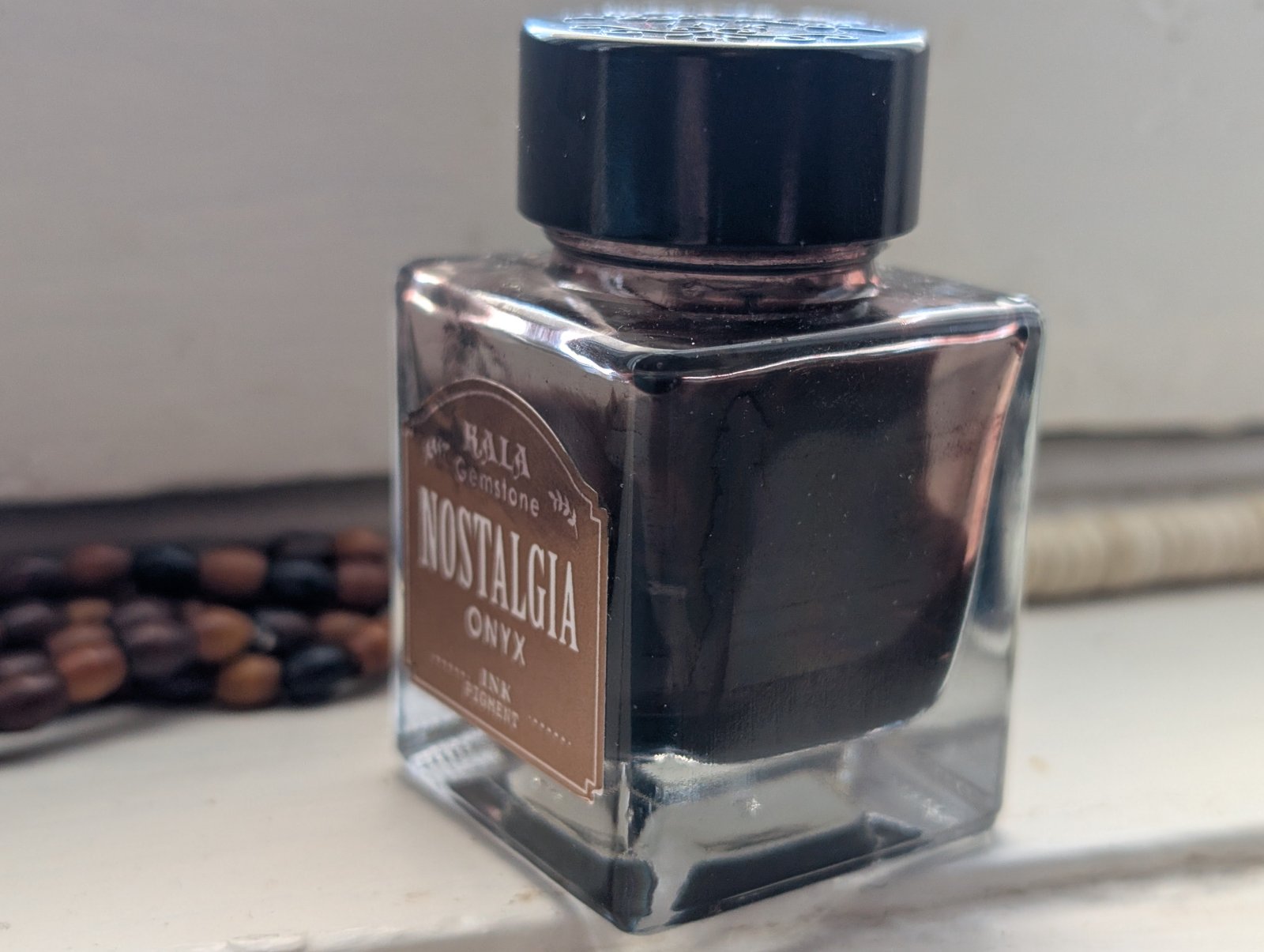Marukin Company?
-
Forum Statistics
355.1k
Total Topics4.6m
Total Posts -
Member Statistics
128,225
Total Members18,857
Most OnlineNewest Member
Aromal
Joined -
Images
-
Albums
-
USG 8
- By USG,
- 0
- 0
- 68
-
Mechanical's Pens & Ink
- By Mechanical,
- 0
- 0
- 25
-
1 -January-Feb 2025 reviews
- By yazeh,
- 0
- 0
- 100
-
00-Feb-March-April2025
- By yazeh,
- 0
- 0
- 8
-
Icones Pupulinianae VI
- By fpupulin,
- 0
- 0
- 9
-


















.thumb.jpg.f07fa8de82f3c2bce9737ae64fbca314.jpg)



.thumb.jpg.331e554113c33fb39d5bf3233878978a.jpg)





Recommended Posts
Create an account or sign in to comment
You need to be a member in order to leave a comment
Create an account
Sign up for a new account in our community. It's easy!
Register a new accountSign in
Already have an account? Sign in here.
Sign In Now